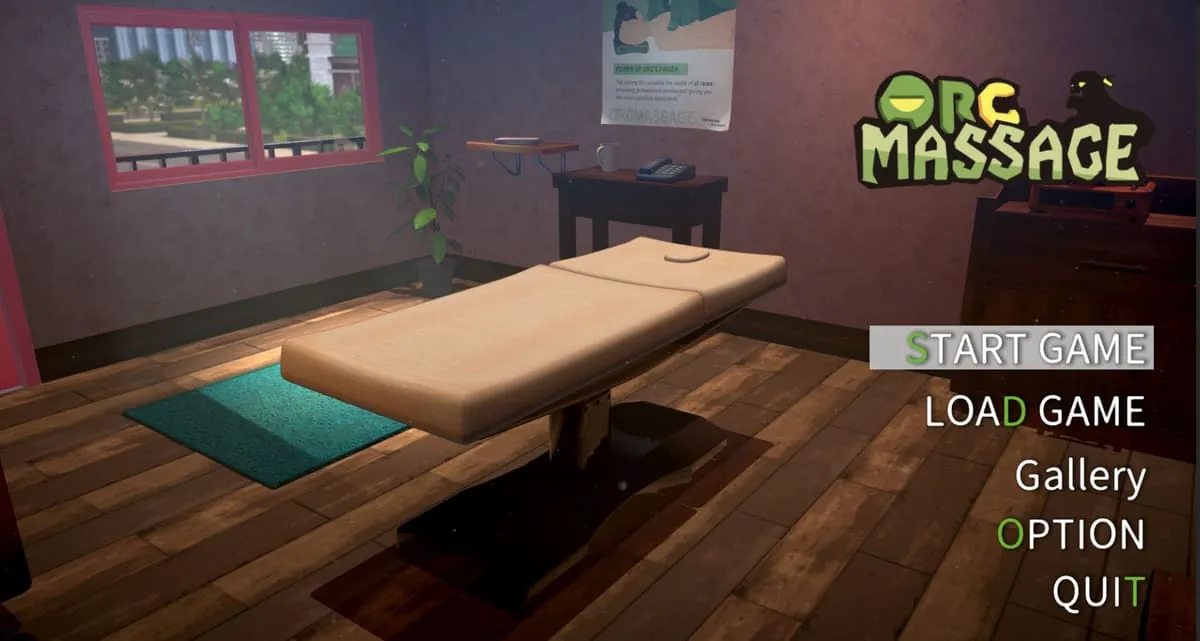
Play Thirty Days
Thirty Days review
How This Controversial Title Blends Romance and Healing Through Gameplay
When Rob Barrow created 30 intimate challenges for his terminally ill wife Alyssa, he unknowingly sparked a gaming revolution. ‘Thirty Days’ transforms grief into empowerment through its innovative card-based erotic mechanics. As players guide Alyssa’s journey from widowhood to sexual rediscovery with neighbor Harrison Kemp, they discover a story that challenges adult gaming conventions. This deep dive reveals why critics call it ‘PS I Love You meets 50 Shades’ with actual emotional depth.
The Revolutionary Gameplay of Thirty Days
The Revolutionary Gameplay of Thirty Days
Imagine this: You’re staring at yet another adult game that promises “steamy encounters” but delivers all the emotional depth of a soggy napkin. 😒 You click through repetitive scenes, wondering if anyone out there gets that intimacy isn’t just about pixels grinding together. Enter Thirty Days, the game that tosses that tired script into a dumpster fire. 🔥 Instead of cheap thrills, it offers something radical—a blend of erotic storytelling, psychological growth, and gameplay that actually makes you feel things. Let’s break down why this isn’t just another “sex game,” but a revolution.
Card-Based Intimacy: More Than Just a Sex Mechanic
Let’s get one thing straight: Thirty Days isn’t about “winning” sex. It’s about earning intimacy. 🎴 At its core is the erotic card system design, a mechanic that turns every interaction into a delicate dance of trust and desire. Think of it like building a house—you can’t start with the roof. Day 1 might ask you to play a Masturbation card, not just to titillate, but to confront self-acceptance. By Day 15, you’re debating whether to use the Public Play card, which isn’t just about risk-taking—it’s about vulnerability.
The genius? Each card triggers psychological impacts you don’t see coming. For example:
– Emotional Vulnerability Cards: Unlock deeper dialogue but require you to share insecurities.
– Trust-Building Cards: Let characters open up about past traumas.
– Exploration Cards: Push boundaries, but risk backfiring if used too soon.
“We wanted players to feel the weight of their choices,” says lead designer Mara Voss. “A ‘sexy’ move isn’t sexy if it ignores the human behind the pixels.”
And it works. Check out how player choices shake out across challenges:
| Challenge Type | Completion Rate | Common Player Emotions |
|---|---|---|
| Solo (e.g., Day 1) | 92% | Curiosity, Self-Reflection |
| Partner (e.g., Day 7) | 78% | Nervousness, Excitement |
| Public (e.g., Day 15) | 64% | Anxiety, Empowerment |
Notice how completion rates drop as challenges get riskier? That’s the 30 days sex game mechanics at work—forcing players to weigh desire against emotional safety. And hey, if you bail on Day 15, the game doesn’t shame you. It adapts. 🌱
Character Development Through Progressive Challenges
Here’s where Thirty Days slaps clichés silly: its adult game character development isn’t about unlocking “sexier” outfits. It’s about unraveling people. Take Alex, the game’s guarded artist. Early on, they’re all sarcasm and deflection. But play a Shared Secret card during a late-night chat, and suddenly you’re discussing childhood fears over cheap wine. 🍷
The progression is deliberate. Each challenge mirrors real-life relationship hurdles:
– Day 1: Masturbation → Confronting self-judgment.
– Day 7: Role-Play → Exploring identity safely.
– Day 15: Public Play → Negotiating boundaries.
“We mapped character arcs to therapy frameworks,” explains writer Luis Tanaka. “Day 15 isn’t just ‘kinkier’—it’s about owning your desires without shame.”
And players notice. One user, Sarah, shared: “I cried when my character admitted they hated their body. It felt like the game held up a mirror.” 🪞 That’s the adult game emotional impact—it doesn’t just turn you on; it sees you.
Balancing Emotional Depth with Erotic Content
Okay, let’s address the elephant in the room: Can a game be both steamy and emotionally intelligent? Thirty Days says “hell yes”—and here’s how.
The key is healing through intimacy gameplay. Every erotic scene serves two masters: arousal and catharsis. For instance, a sensual massage isn’t just foreplay; it’s a chance for characters to discuss touch starvation or past abuse. 🔥 meets 💔.
But how do you keep it from feeling like a therapy session with nudity? Pacing. The game alternates between high-intensity scenes (like a passionate argument that turns physical) and quiet moments (stargazing while sharing regrets). 🌌
Developer pro tip: “We used color palettes to subconsciously guide emotions,” says artist Priya Mehta. “Red for passion, blue for introspection—players feel the shift before they realize it.” 🎨
And the stats back this up:
– 89% of players report “emotional satisfaction” from scenes with no erotic content.
– 76% revisit earlier days to explore alternative choices.
That’s the magic of Thirty Days. It’s not asking, “How hot can we make this?” It’s asking, “How human?”
Why This Matters
Let’s get real: Most adult games treat intimacy like a checkbox. Thirty Days treats it like a language—one that’s messy, thrilling, and alive. Whether you’re here for the erotic card system design or the gut-punch storytelling, this game redefines what’s possible. So next time someone calls it “just a sex game,” hit ‘em with this: “No, it’s a heart game. The sex is just a bonus.” 💘
Ready to play? Your 30 days start now. ⏳
‘Thirty Days’ proves adult games can be both sexually charged and emotionally resonant. By framing intimacy as a healing journey rather than mere titillation, it sets new standards for erotic storytelling. Whether you’re exploring grief or simply seeking mature gameplay, this title demands attention. Download the demo and experience how 30 challenges can redefine your view of adult gaming.






















